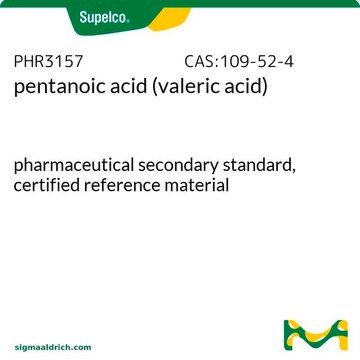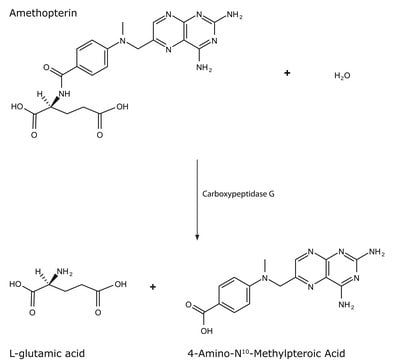SML2988
Tat-NR2B9c trifluoroacetate
≥95% (HPLC)
Synonym(s):
NA-1, trifluoroacetate salt, Tyr-Gly-Arg-Lys-Lys-Arg-Arg-Gln-Arg-Arg-Arg-Lys-Leu-Ser-Ser-Ile-Glu-Ser-Asp-Val, trifluoroacetate salt, YGRKKRRQRRR-KLSSIESDV, trifluoroacetate salt
Sign Into View Organizational & Contract Pricing
All Photos(1)
About This Item
Empirical Formula (Hill Notation):
C105H188N42O30 · xC2HF3O2
CAS Number:
Molecular Weight:
2518.88 (free base basis)
UNSPSC Code:
12352200
NACRES:
NA.77
Recommended Products
Biochem/physiol Actions
Tat-NR2B9c (NA-1) is a 20-mer peptide composed of a membrane-permeant HIV-1 Tat protein transduction domain sequence (a.a. 47-57) N-terminal to the NMDA receptor (NMDAR) GluN2B carboxyl tail sequence KLSSIESDV that blocks intracellular NMDAR-PSD-95 interaction-induced neurotoxic signaling without affecting NMDAR-mediated synaptic activity or calcium influx. NA-1 protects cultured cortical neurons from NMDA excitotoxicity (50 nM; 20/40/100 μM NMDA) and reduces focal ischemic brain damage in rats in vivo (3 μmol/kg iv. bolus 1 hr post MCAO onset).
Storage Class Code
11 - Combustible Solids
WGK
WGK 3
Flash Point(F)
Not applicable
Flash Point(C)
Not applicable
Certificates of Analysis (COA)
Search for Certificates of Analysis (COA) by entering the products Lot/Batch Number. Lot and Batch Numbers can be found on a product’s label following the words ‘Lot’ or ‘Batch’.
Already Own This Product?
Find documentation for the products that you have recently purchased in the Document Library.
Karen Tse et al.
Journal of neuroscience research, 97(11), 1378-1392 (2019-05-16)
Antiepileptogenic agents that prevent the development of epilepsy following a brain insult remain the holy grail of epilepsy therapeutics. We have employed a label-free proteomic approach that allows quantification of large numbers of brain-expressed proteins in a single analysis in
Diego Milani et al.
Brain research bulletin, 135, 62-68 (2017-10-02)
Following positive results with the poly-arginine peptide R18 when administered intravenously 30 or 60min after permanent and/or transient middle cerebral artery occlusion (MCAO; 90min) in the rat, we examined the effectiveness of the peptide when administered 2h after MCAO. R18
Zhifeng Wang et al.
Journal of cerebral blood flow and metabolism : official journal of the International Society of Cerebral Blood Flow and Metabolism, 39(8), 1588-1601 (2018-03-08)
Postsynaptic density protein-95 (PSD95) plays important roles in the formation, differentiation, remodeling, and maturation of neuronal synapses. This study is to estimate the potential role of PSD95 in cognitive dysfunction and synaptic injury following intracerebral hemorrhage (ICH). The interaction between
Gabriella MacDougall et al.
Journal of molecular neuroscience : MN, 61(2), 235-246 (2016-11-21)
We have previously reported that cationic poly-arginine and arginine-rich cell-penetrating peptides display high-level neuroprotection and reduce calcium influx following in vitro excitotoxicity, as well as reduce brain injury in animal stroke models. Using the neuroprotective peptides poly-arginine R12 (R12) and
Luka R Srejic et al.
Journal of cerebral blood flow and metabolism : official journal of the International Society of Cerebral Blood Flow and Metabolism, 33(12), 1937-1943 (2013-09-12)
Since the most significant ischemic sequelae occur within hours of stroke, it is necessary to understand how neuronal function changes during this time. While histologic and behavioral models show the extent of stroke-related damage, only in vivo recordings can illustrate
Our team of scientists has experience in all areas of research including Life Science, Material Science, Chemical Synthesis, Chromatography, Analytical and many others.
Contact Technical Service








